- Joined
- Jun 14, 2016
- Messages
- 263
- Reaction score
- 516
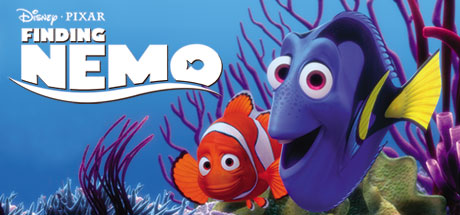
The reason I mention this, Finding Dory is a delightful children’s film. In fact, both adults and kids will find a lot to celebrate in Finding Dory, if they leave the debate about the film’s impact on wild species at the theater entrance door. As a work of family fiction, it’s fun and exciting, exploring the undersea world in a unique and comical way. However, if you look for inconsistencies and misrepresentations of marine species, you will most certainly find them and your experience will be ruined.
The story:
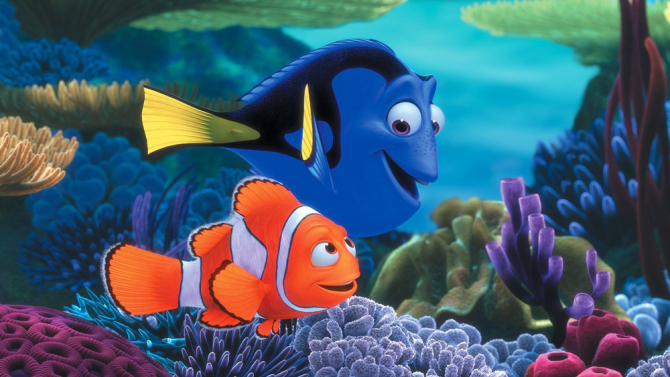
Like all Walt Disney and Pixar films, Finding Dory is magical. It certainly isn’t meant to be a mirror of the natural world, and the filmmakers have taken a long leash of creative interpretation. For example, Hank the octopus can create camouflage of nearly any color or pattern within milliseconds, often blending himself into his surroundings as quickly as his eight arms can carry him across complex patterns. While it’s well known that octopus can change both the color and texture of their skin, Hank takes it to a fictional extreme. This is more Octonaughts, and less BBC Earth.
Finding Dory focuses on, you guessed it, Dory; the eccentric, memory challenged hippo-tang. The film begins by flashing back to Dory’s parent’s struggle to prepare her for life with short-term memory loss. To make a long story short, Dory ends up forgetting their advice, setting her out on an oceanic adventure, which puts her on the path toward the first film. Since the events of Finding Nemo, Dory has been living under the constant care of Marlin and Nemo, as they struggle to make sure her short memory and adventurous attitude don’t get her in trouble. When Dory suddenly has a flashback of her lost family, the three set out on an oceanic adventure. Naturally, Marlin is opposed to the idea; best reflected when he says, “The only reason to travel across the open ocean is if it ensures you will never have to travel again.”
Along the way the trio encounters some familiar faces from the first film, and the trip eventually brings them to the Marine Life Institute, a fictional version of the real-world Monterey Bay Aquarium. When Marlin and Nemo are separated from Dory, two separate (but equally harrowing) excursions begin, as Dory looks for her long lost parents, and Marlin and Nemo try to reunite with Dory. During Dory’s quest, she has a sudden realization about her past, while being introduced to some old friends, which she had since forgotten.
The separate quests bring the main characters to befriend some new faces, all of which are masterfully done. Hank, the octopus that aids Dory (in exchange for her quarantine tag, which is used to gain passage to Cleveland Aquarium) is likely the film’s most engrossing new character. His unique persona puts him in the role of a dark hero, one with a slightly bad attitude, but overall the best intentions.
Marlin and Nemo end up employing the help of two belligerent seals, who enlist Becky, a half-cocked seagull who specializes in flying marine animals into various areas of the marine institute. Dory also ends up turning to a whale shark (Destiny) and a beluga whale (Bailey) for help. Destiny is horribly near-sighted, and has the bad habit of running into walls, while Bailey is unable to get his echo-location working, despite being given a clean bill of health by the institute’s biologists. In my view, the two new supporting characters are one part charming and one part annoying. Without a doubt, it’s Hank who consistently steals the show, voiced by Ed O’Neil of recent Modern Family fame.
All of these underwater shenanigans lead up to an exciting final scene, where the trio, once reunited, executes a complex escape plan, reminding viewers that this film is entirely fiction.
As a family movie:
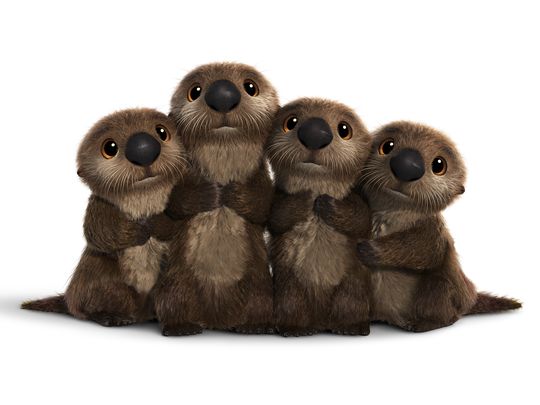
From an aquarist’s viewpoint:
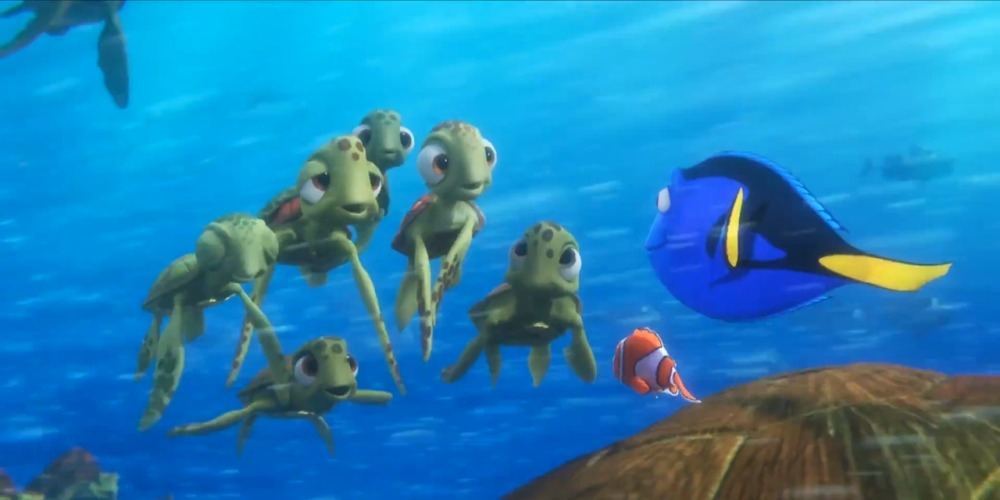
As I said, if you watch Finding Dory hunting for inaccuracies about marine species and their care, you will find them. To enjoy the film, it’s best to turn that section of the brain off. A few glowing examples were how Marlin and Nemo seemingly use freshwater spouts to bounce into what appears to be a freshwater store display. Here they remain for an extended time period, awaiting an escape or the return of Becky, their seagull ride to the institute’s quarantine section. While the movements of Hank the octopus are slick (they required new animation technology to pull off) they don’t really mirror a real octopus, which is far less graceful on land.
In order to ship the institutes’ collection of hippo tangs to the Cleveland Zoo, an entire school is crammed into what appears to be a 50-75 gallon tank. Any aquarist knows that mixing that many tangs, in such close quarters would be a disaster.
Flirting with controversy:
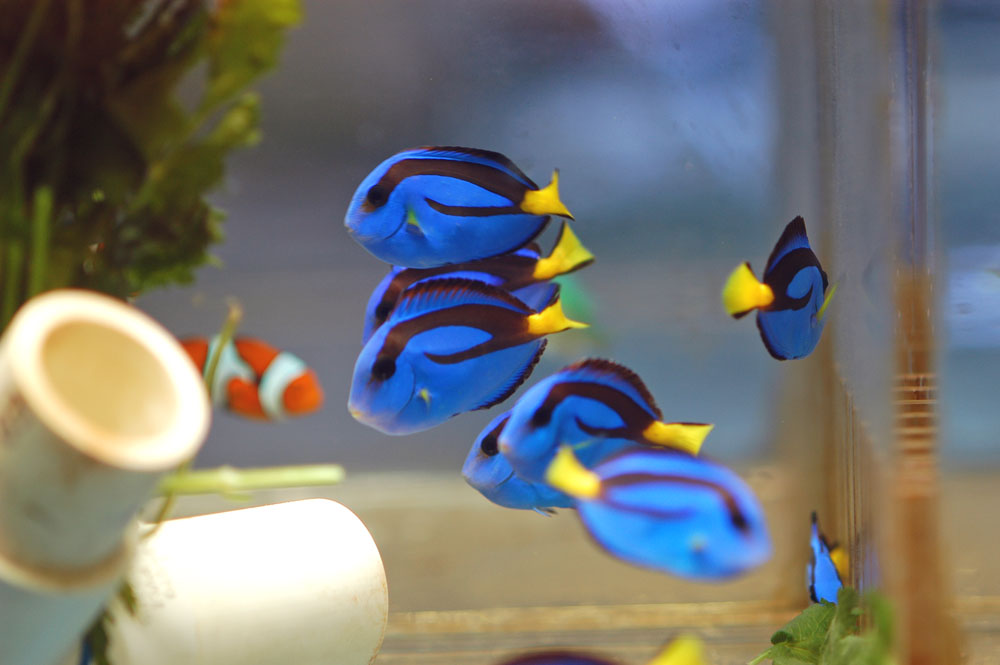
Though, the mother of all Finding Dory controversy (at least in the eyes of aquarists) is likely to be the implication that Dory herself was born and raised in captivity. For the past few weeks, it’s been rumored that Dory was presented as captive bred in the film, but since no one within the reef aquarium community had seen the film, it was hard to confirm. It’s important to note, that the filmmakers didn’t specifically make Finding Dory a captive bred fish. By this, there aren’t scenes of researchers in the lab, breeding hippo tangs and introducing Dory into a public aquarium. The film does however make it clear that from a very young age (what aquarists would perceive as a juvenile fish) Dory was living in captivity. For anyone teetering on the verge of outrage, it’s quite possible Dory was collected along with her parents, and then placed in the Marine Life Institute. Or, the film could take place in the near future, when hippo tangs are successfully captive bred.
Since hippo tangs aren’t known to raise their young, while aiding them in overcoming short-term memory loss, aquarists shouldn’t get too hung up on this plot point. In the end, it’s a very fictional movie, with a very liberal lease on demonstrating the behavior of marine life. If you enter the theater, bound and determined to gauge the scientific (or real world) accuracy of the film, you’ll be sorely disappointed.
Final thoughts:
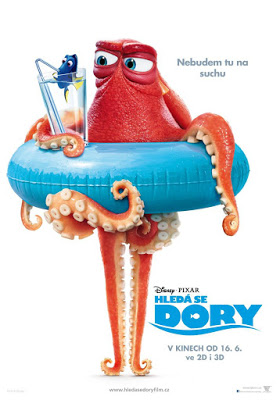
Aside from that, Finding Dory is a delightful children’s film, full of lively characters and a unique oceanic story. For me, the film’s highlights were Marlin (expertly voiced by Albert Brooks) and Hank (voiced by Ed O’Neil of Married with Children fame). Both performances are easily worth the price of admission.















